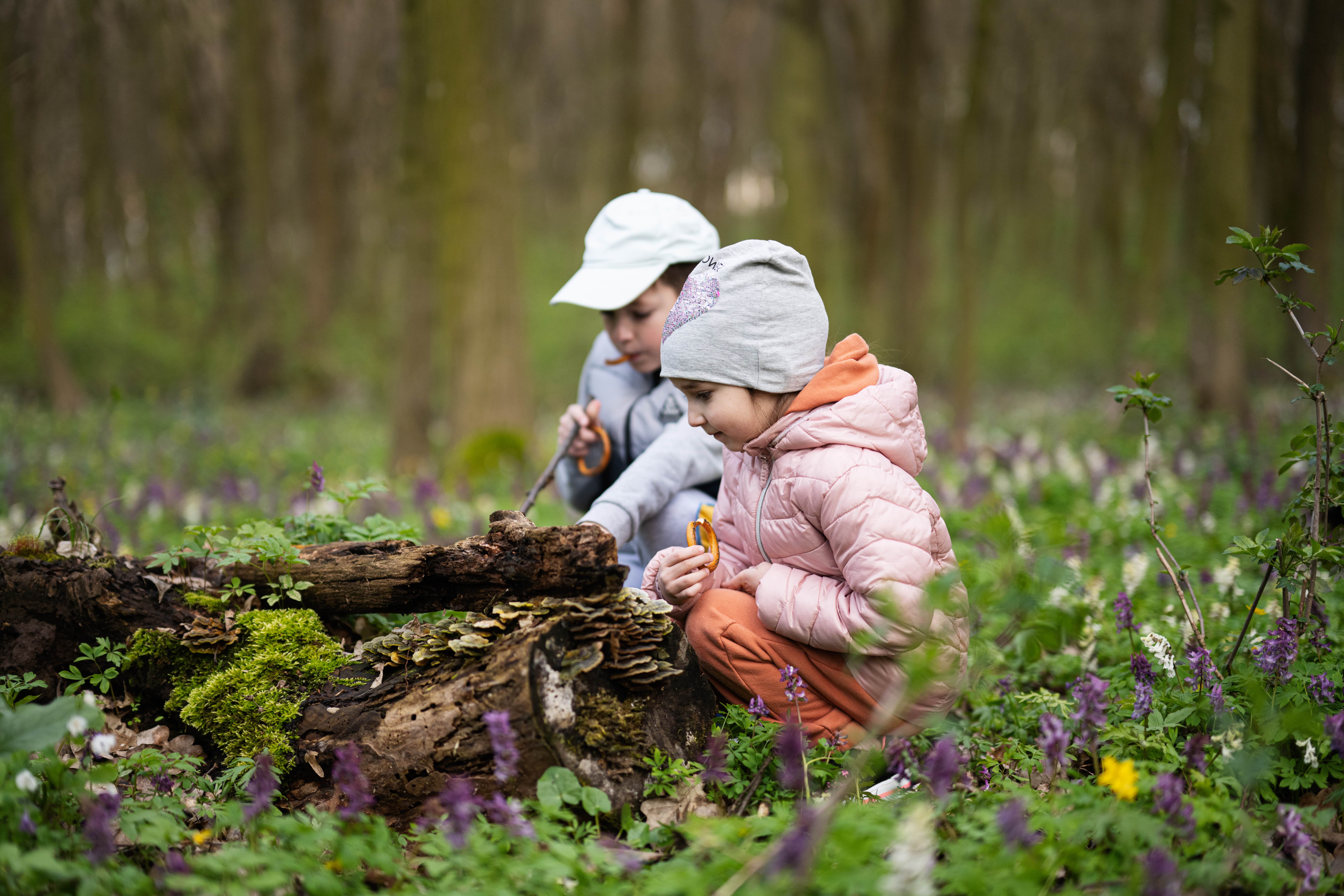Discover fun outdoor summer activities that help children recognize mathematical concepts in nature, fostering a love for both math and the environment.
Children are natural explorers and the world around them is a treasure trove of mathematical concepts waiting to be discovered. Engaging kids in outdoor activities is a fantastic way to introduce them to mathematics in a fun and meaningful way. By observing patterns, shapes, and numbers in nature, children can develop a deep understanding of mathematical principles while fostering a love for the environment. Here are some exciting activities to help children recognize mathematical concepts in the natural world.
Check out our blog, 7 Reasons to Encourage STEM Activities at Home, to learn more about the benefits of conducting fun and educational experiments.
1. Nature Scavenger Hunt
A nature scavenger hunt is an excellent way to get children to observe and identify shapes and patterns in their surroundings. Create a list of items for children to find, such as:
- Leaves with different shapes (e.g., heart-shaped, oval, triangular)
- Flowers with symmetrical patterns
- Rocks or pebbles of various sizes and shapes
- Insects with interesting geometric patterns
Encourage children to take photos or draw the items they find, and discuss the shapes and patterns they observe. This activity not only enhances their observational skills but also helps them understand the diversity of geometric forms in nature.
2. Pattern Walk
Go on a walk with your child and challenge them to find patterns in nature. These could include:
- The arrangement of petals in a flower
- The symmetry of leaves
- The spiral patterns in pinecones or shells
- The branching pattern of trees
After the walk, have a discussion about the different patterns they noticed. You can also introduce the concept of symmetry and fractals, explaining how nature often follows specific mathematical rules to create these patterns.
3. Building with Natural Materials
Collect natural materials like sticks, stones, leaves, and flowers, and use them to build structures or create art. This activity allows children to explore concepts such as:
- Counting and grouping (e.g., grouping sticks in sets of five)
- Measurement and comparison (e.g., comparing the lengths of different sticks)
- Geometry (e.g., creating shapes and angles with sticks)
Building with natural materials encourages creativity while reinforcing basic math skills in a hands-on way.
4. Tracking Shadows
Teach children about angles and time by observing and tracking shadows throughout the day. Use these activities:
- Mark the position of a shadow at different times to create a sundial
- Measure the length of shadows at various intervals and compare them
- Discuss how the angle of the sun affects shadow length and direction
This activity introduces concepts of geometry and the movement of celestial bodies, helping children understand the relationship between the sun, time, and angles.
5. Shape Hunt
Equip your child with a notebook and ask them to find and draw different shapes in nature. Look for:
- Circular shapes in tree rings or flowers
- Triangular shapes in mountain peaks or leaves
- Rectangular shapes in tree trunks or rocks
This activity helps children practice identifying and drawing geometric shapes, making connections between abstract concepts and real-world objects.
6. Counting and Estimation Games
Nature provides endless opportunities for counting and estimation. Some fun games include:
- Estimating the number of petals on a flower or leaves on a branch
- Counting the number of birds, insects, or plants in a specific area
- Measuring the height or circumference of trees using simple tools
These games enhance children’s counting and estimation skills, showing them how numbers are a fundamental part of the natural world.
7. Nature Art with Patterns
Encourage children to create art using natural materials, focusing on patterns and symmetry. They can:
- Arrange leaves, flowers, and stones in mandalas or other symmetrical designs
- Create repeating patterns using different natural elements
- Design collages that highlight geometric shapes and patterns
Nature art helps children appreciate the beauty of mathematical concepts in their surroundings while developing their artistic skills.
Math in nature is a wonderful way to help children recognize and appreciate mathematical concepts outside the classroom. These activities not only enhance their understanding of shapes, patterns, and numbers but also foster a love for the environment. By exploring the natural world, children can discover that math is not just a subject to be learned but a fascinating part of the world around them. So, grab your magnifying glass, head outdoors, and embark on a mathematical adventure with your child!
Stay in the know and check us out on social media! Follow BrightPath on Facebook and Instagram for a variety of fun activities and daily inspiration.







